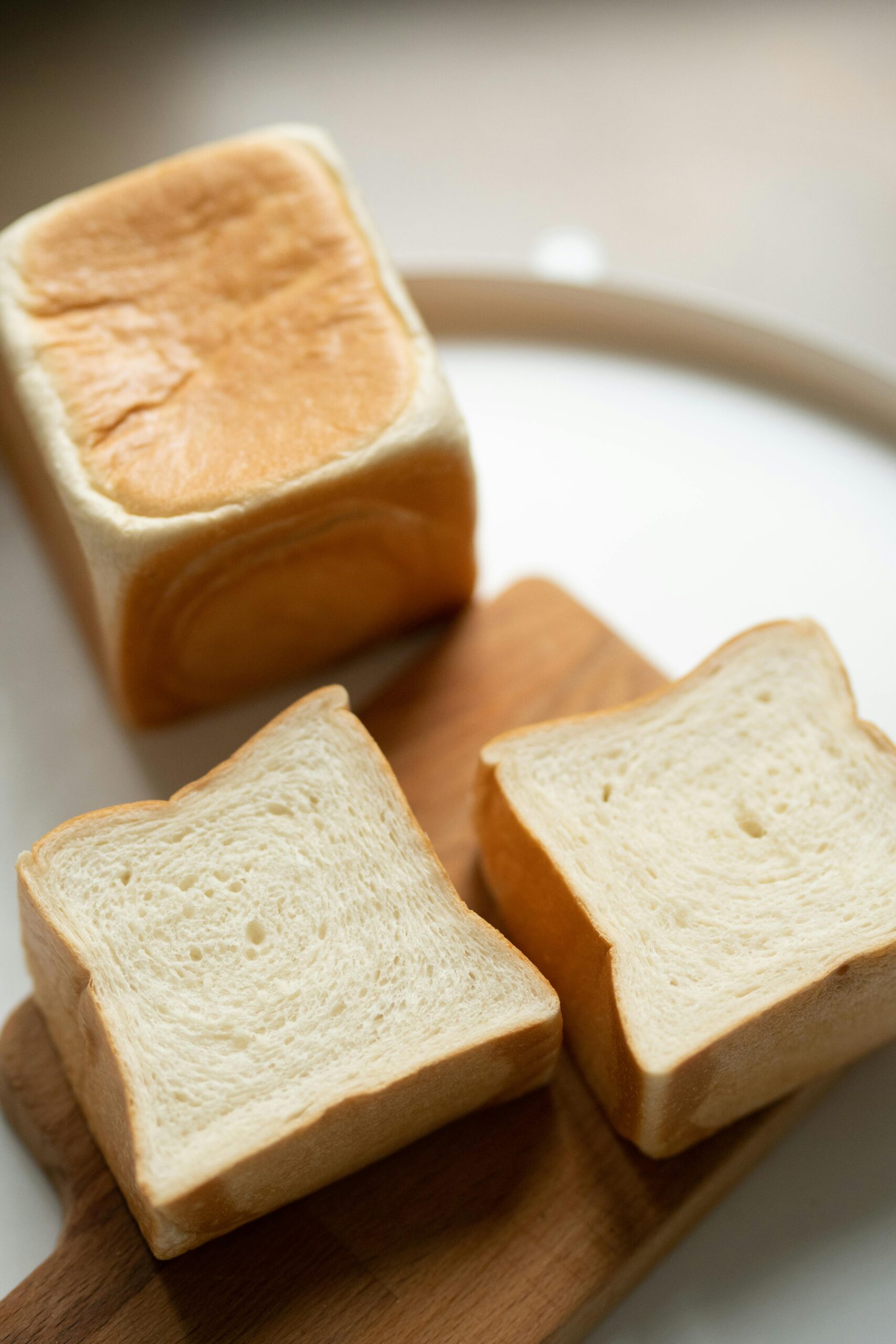Bread is a staple food made from grains, typically wheat, that is ground into flour and mixed with water, yeast, and other ingredients to form a dough.

This dough is then baked to create a wide variety of bread products, ranging from traditional loaves to artisanal bread, baguettes, rolls, and more.

Bread is a fundamental and versatile food that is enjoyed globally and holds cultural and historical significance.

Diverse Types: Bread comes in many forms, with different types such as white, whole wheat, rye, sourdough, and more, each offering distinct flavours and textures.
Leavened and Unleavened: Some bread is leavened, meaning it contains yeast or other rising agents that cause it to expand. Unleavened bread, like flatbreads, does not use these agents and remains flat.

Cultural Importance: Bread plays a significant role in cultures and traditions around the world. It can symbolize sustenance, community, and hospitality.
Nutritional Value: Bread is a primary source of carbohydrates and provides energy. Whole-grain breads offer additional nutritional benefits with fiber and essential nutrients.

Versatile Uses: Bread is not limited to being a side dish or sandwich base. It can be toasted, used in French toast, croutons, bread pudding, and incorporated into countless recipes.
Baking Techniques: Bread-making involves various techniques, including kneading, proofing, and baking. Skilled bakers produce artisanal and specialty breads with distinct characteristics.

Sourdough: Sourdough bread is fermented using wild yeast and lactic acid bacteria. It has a tangy flavor and a unique texture, making it a sought-after choice.
Gluten-Free Options: Gluten-free bread is available for individuals with gluten sensitivities or celiac disease. It uses alternative flours like rice, almond, or tapioca.

Eating bread is simple and versatile, as it can be enjoyed in various ways. Here are some common ways to eat bread:

Plain: Sliced bread can be enjoyed as is, especially when it’s fresh and still warm from the oven. Spread a thin layer of butter or margarine for added richness.
Toast: Toasting bread enhances its flavour and texture. You can use a toaster or toaster oven to make toast. Once toasted, you can enjoy it plain or with various toppings.

Sandwiches: Bread is a classic choice for sandwiches. Layer it with your favourite fillings, such as deli meats, cheese, lettuce, tomatoes, and condiments.
French Toast: French toast is made by dipping slices of bread into a mixture of eggs and milk, then frying them until they’re golden brown. Top with syrup, powdered sugar, or fresh fruit.

Grilled Cheese: Create a simple and satisfying grilled cheese sandwich by melting cheese between two slices of bread. Grill until the bread is golden and the cheese is gooey.
Bread and Dips: Serve slices of bread with your favourite dips, such as hummus, olive oil and balsamic vinegar, or salsa. Bread can also be a side for soups and stews.

Tea and Coffee: Bread, especially sweet varieties like croissants and pastries, pairs well with a hot beverage like tea or coffee.
Snacks: Bread can be a base for snacks. Top it with ingredients like peanut butter and banana, cream cheese and smoked salmon, or avocado and poached egg.

Eating bread is all about personal preference and creativity. You can enjoy it plain, as a vehicle for your favourite toppings, or as part of various recipes, both savoury and sweet. The versatility of bread makes it a versatile and satisfying choice in many culinary contexts.
Let’s Elevate the Bread Game! How do you enjoy your bread in the most creative way? Share your tasty twists and toast-worthy creations with us! 🍞🌟😋 #BreadCreativity
Also, stay tuned for a mouthwatering adventure in our upcoming post, where we’ll unveil the secrets to creating the perfect homemade bread. Get ready to knead, rise, and savour! 🍞👩🍳🥖 #BreadBaking
